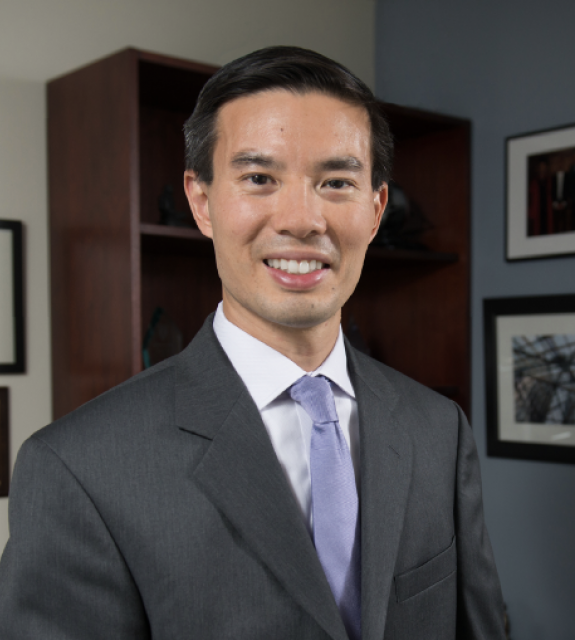
If you opened any fashion magazine from the ’90s, you’d likely come across some aesthetic images of the sharp-featured, effortlessly chic and erotically beautiful Linda Evangelista scattered across several glossy pages. In the era when supermodels were superstars, she shined among contemporaries like Kate Moss, Cindy Crawford and Naomi Campbell. But unlike the rest, the 56-year-old model didn’t seem to remain in the spotlight. Until now, we know why.
In a recent Instagram post, Evangelista opened up about experiencing an adverse reaction to a fat-freezing procedure — known as Zeltiq’s CoolSculpting — that left her “permanently disformed.” On top of leaving her “unrecognizable,” she said it “has not only destroyed my livelihood, it has sent me into a cycle of deep depression, profound sadness, and the lowest depths of self-loathing.”
After five years of suffering, the model now feels ready to take a step toward legal action: “With this lawsuit, I am moving forward to rid myself of my shame and going public with my story. I’m so tired of living this way. I would like to walk out my door with my head held high, despite not looking like myself any longer.”
View this post on Instagram
Turns out, Evangelista fell victim to paradoxical adipose hyperplasia. The complication remains an unusually rare side effect of cryolipolysis, which is the technical term for CoolSculpting. For reference, these cosmetic procedures use cold temperatures to destroy fat cells in treated areas. Nevertheless, an estimated 1 in 20,000 patients who undergo CoolSculpting experience the opposite results of what they expected: the development of new, excessive fat around two months post procedure.
Serving as the director of cosmetic and clinical research at Mount Sinai Hospital’s Department of Dermatology, Dr. Joshua Zeichner explained it’s unclear why paradoxical adipose hyperplasia occurs, and there’s no predicting who it will affect. “The current theory is that the leftover fat cells are stimulated to grow by an unclear mechanism,” Zeichner told Vogue. “I think it’s great celebrities are discussing what they have done, to share both the good and the bad so we can further educate the public on what they can do to treat cosmetic concerns, and what the real risks are associated with getting these treatments.”
Unfortunately, Evangelista said no one warned her about this risk prior to treatment. Despite undergoing two different corrective surgeries — the only method of treating paradoxical adipose hyperplasia, according to Zeichner — the model said she remains “brutally disfigured.”
After Evangelista’s story made headlines, several prominent figures publicly shared their support. “Thank you for your courage and strength,” Marc Jacobs said. Meanwhile, January Jones wrote her own message to the model: “Love that you’re reclaiming your story. This strength and bravery supersede any superficial outward appearance. An icon is an icon is an icon. Always.”
























